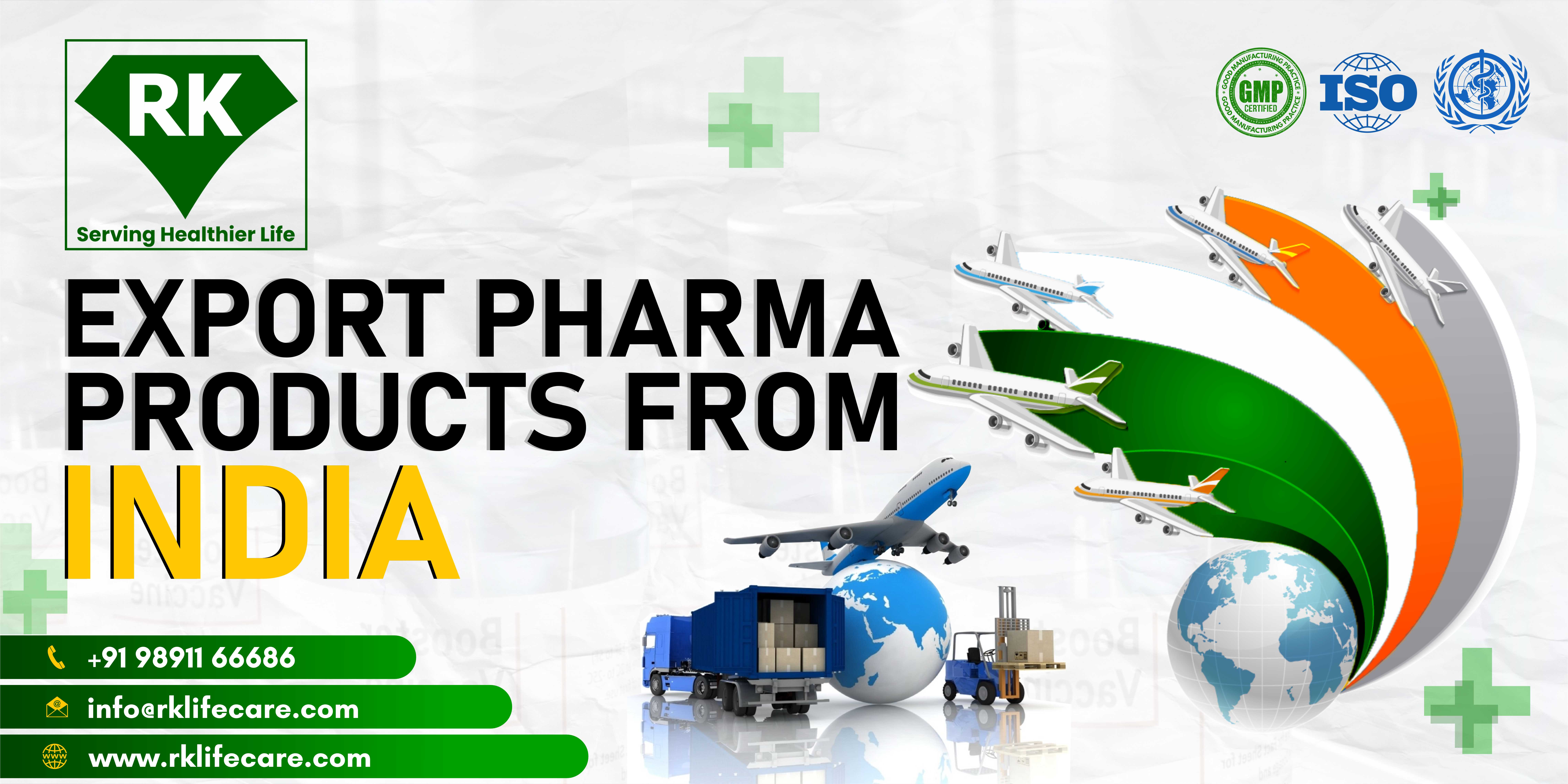
Introduction to Pharma Exports from India
India is one of the largest exporters of pharmaceutical products globally, with a strong presence in generic medicines, active pharmaceutical ingredients (APIs), and vaccines. The Indian pharmaceutical industry plays a vital role in global healthcare, and export of pharmaceutical products presents lucrative opportunities for businesses.
This guide provides detailed information on how to export pharmaceutical products from India, covering regulatory requirements, documentation, key challenges, and growth strategies.
Understanding Pharma Exporters in India
Pharma exporters in India are companies that are engaged in the manufacturing, distribution and supply of pharmaceutical products to international markets. These companies must comply with international quality standards and regulatory requirements to ensure that safe and effective medicines reach consumers around the world.
Regulatory Framework for Pharmaceutical Export from India
Exporters must comply with the regulatory frameworks of both India and the importing country to ensure the quality and safety of pharmaceutical products. Key regulatory authorities include:
-
Directorate General of Foreign Trade (DGFT) – Issues export licenses and regulates trade policies.
-
Central Drugs Standard Control Organization (CDSCO) – Regulates the quality of pharmaceutical products.
-
Pharmaceutical Export Promotion Council of India (Pharmexcil) – Promotes and supports pharma exporters in India.
-
World Health Organization - Good Manufacturing Practices (WHO-GMP) – Ensures compliance with international quality standards.
Step-by-Step Process for Pharmaceutical Products Export from India
1. Registering as a Pharmaceutical Export Company
To start pharma exports from India, businesses need to register as an export entity under the Companies Act and obtain the necessary licenses, which include:
-
Import Export Code (IEC) from DGFT
-
Goods and Services Tax (GST) Registration
-
Registration with Pharmexcil
-
Drug Manufacturing or Trading License from CDSCO
2. Compliance with Export Regulations
Before exporting pharmaceutical products, companies must ensure compliance with the following:
-
WHO-GMP certification
-
Drug Regulatory Authority approvals from importing countries
-
Certificate of Pharmaceutical Product (COPP)
-
Free Sale Certificate (FSC)
3. Identifying Potential Export Markets
Identify and research target markets based on demand, regulatory environment, and trade policies. Top importers of Indian pharmaceuticals include:
-
USA
-
Europe (Germany, UK, France)
-
Africa (Nigeria, South Africa, Kenya)
-
Asia (China, Japan, Indonesia)
4. Finding International Buyers
Pharmaceutical exporters in India can connect with international buyers through the following channels:
-
Pharma trade fairs and exhibitions
-
Online B2B platforms (Alibaba, IndiaMART, TradeIndia)
-
Pharmexcil membership
-
Government trade missions
5. Manufacturing and Quality Control
Make sure the manufacturing facility follows good manufacturing practices (GMP) and is approved by regulatory authorities such as:
-
USFDA (United States Food and Drug Administration)
-
EU-GMP (European Union Good Manufacturing Practice)
-
TGA (Therapeutic Goods Administration, Australia)
-
MHRA (Medicines and Healthcare Products Regulatory Agency, UK)
6. Packaging and Labeling Requirements
Each country has specific packaging and labeling requirements. Pharma exporters to Delhi and other parts of India must ensure:
-
Clear labeling with drug composition, dosage, and expiry details
-
Multilingual labels if required by the importing country
-
Compliance with barcode and serialization norms
7. Documentation Required for Pharmaceutical Export
The key documents required for pharmaceutical export from India include:
-
Commercial Invoice
-
Packing List
-
Bill of Lading or Airway Bill
-
Certificate of Origin
-
Drug Master File (DMF)
-
Stability Study Report
-
Good Manufacturing Practice (GMP) Certificate
-
Product Registration Certificate
8. Customs Clearance and Shipping Process
Exporters of pharmaceutical products must follow the customs clearance procedure:
-
Submit required documents to the Customs Authority
-
Pay applicable export duties or fees
-
Coordinate with shipping companies for logistics
9. Payment Methods and Risk Management
To ensure smooth transactions, pharmaceutical exporters from India can make use of the following:
-
Letters of Credit (LC)
-
Advance Payment
-
Bank Guarantee
-
Export Credit Insurance
10. Post-Shipment Compliance and Follow-ups
After shipment, exporters should:
-
Track shipment until delivery
-
Maintain records for future reference
-
Ensure post-shipment documentation is completed
Challenges Faced by Pharmaceutical Exporters in India
Despite its growth, the pharmaceutical export industry in India faces several challenges:
-
Stringent regulations in international markets
-
High competition from China and other countries
-
Complex documentation and licensing procedures
-
Fluctuations in raw material prices
-
Shipping and logistics issues
Growth Strategies for Pharma Exporters in India
To expand their business, pharma exporters can:
-
Invest in Research & Development (R&D)
-
Obtain international certifications (USFDA, EU-GMP, etc.)
-
Leverage digital marketing for global reach
-
Diversify product range to cater to different markets
-
Form strategic partnerships with overseas distributors
Conclusion: Future of Pharmaceutical Export from India
Pharmaceutical exports from India are set to grow with the growing global demand for high-quality, affordable medicines. By following regulatory guidelines, maintaining high manufacturing standards and adopting innovative strategies, India's pharmaceutical exporters can strengthen their presence in the global market. As one of the leading pharmaceutical exporters in Delhi and across India, companies must stay updated with changing regulations and market trends to achieve long-term success in pharma exports from India.
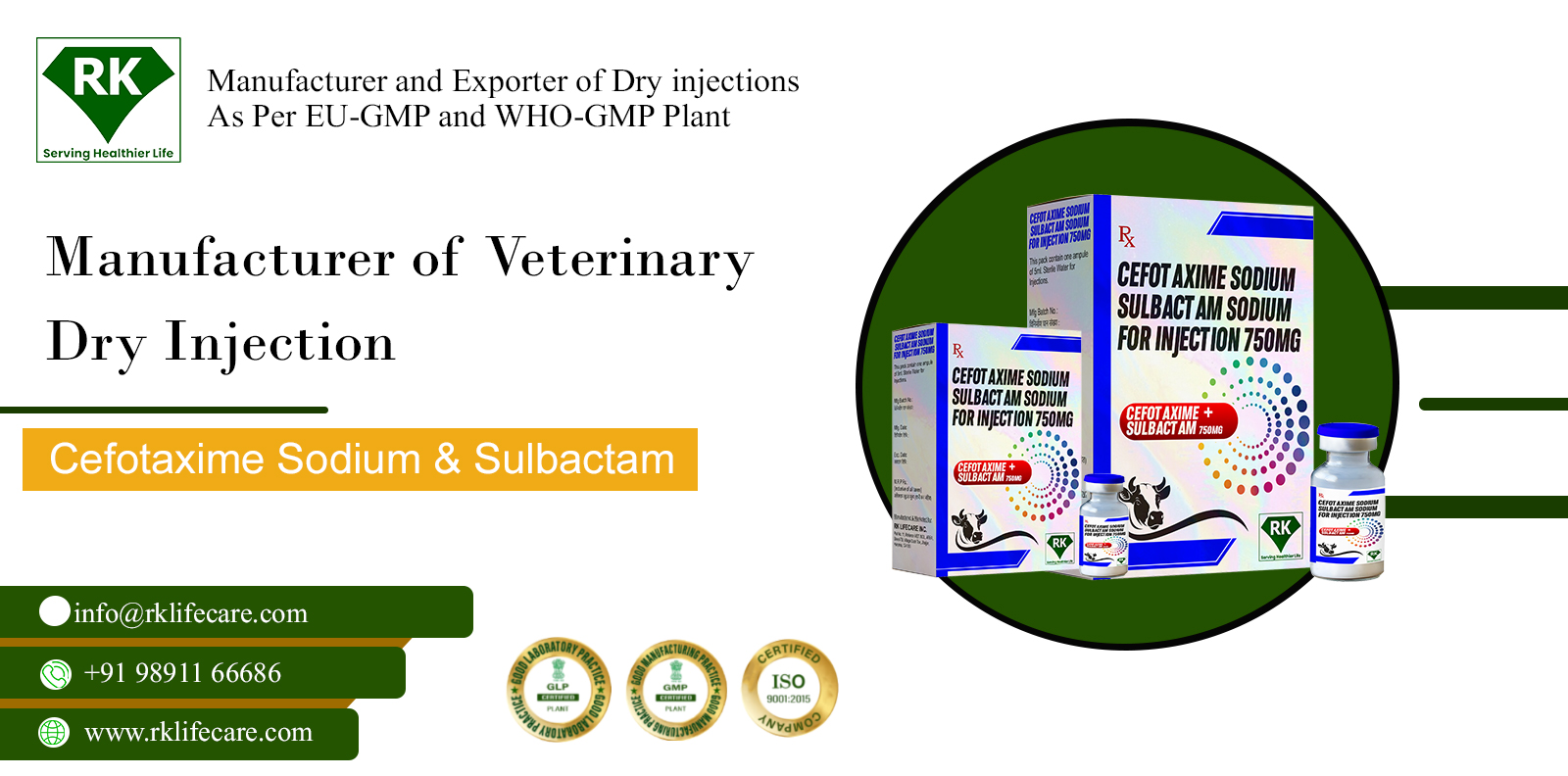
30 Oct 2025

29 Oct 2025
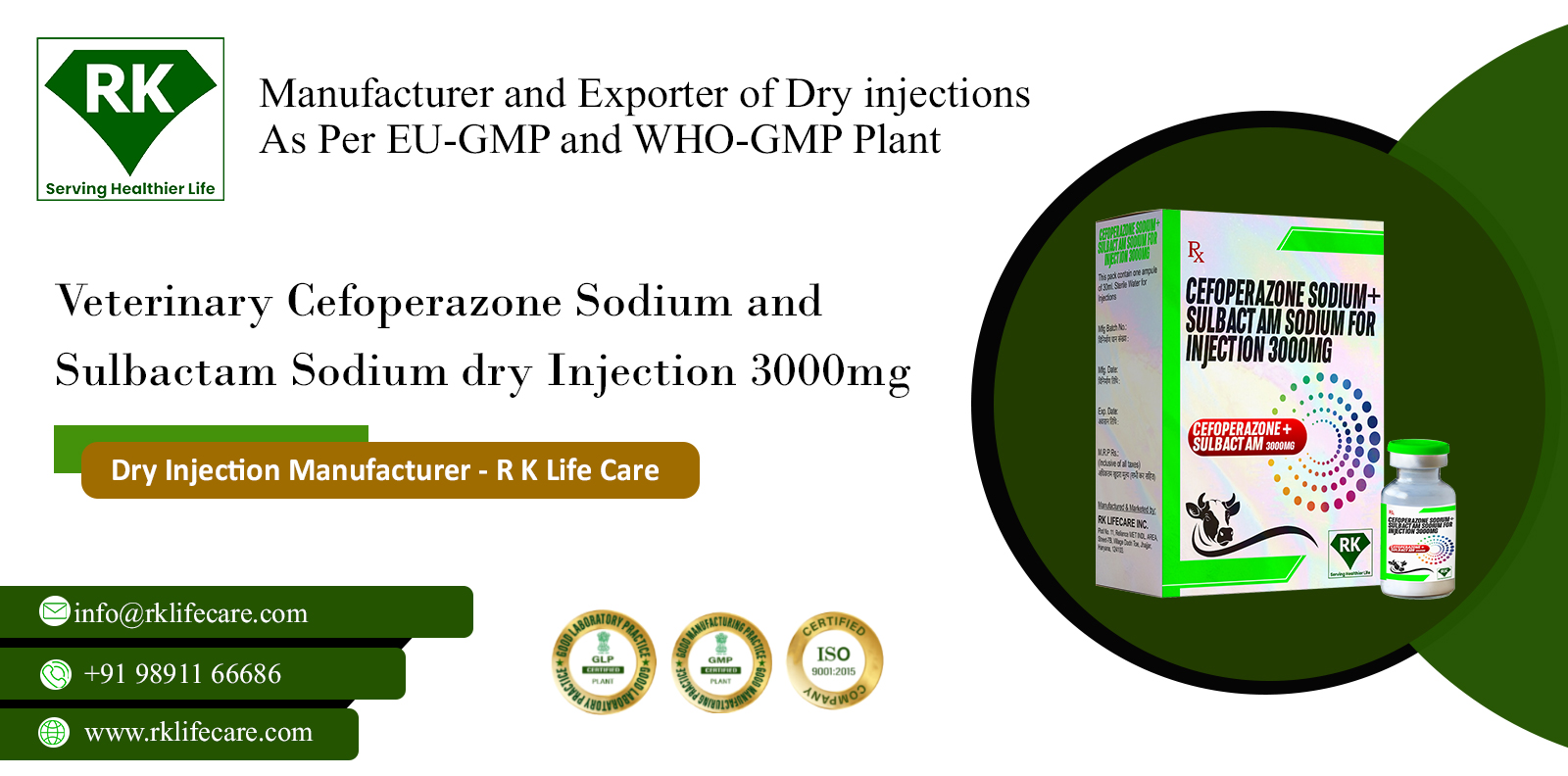
29 Oct 2025
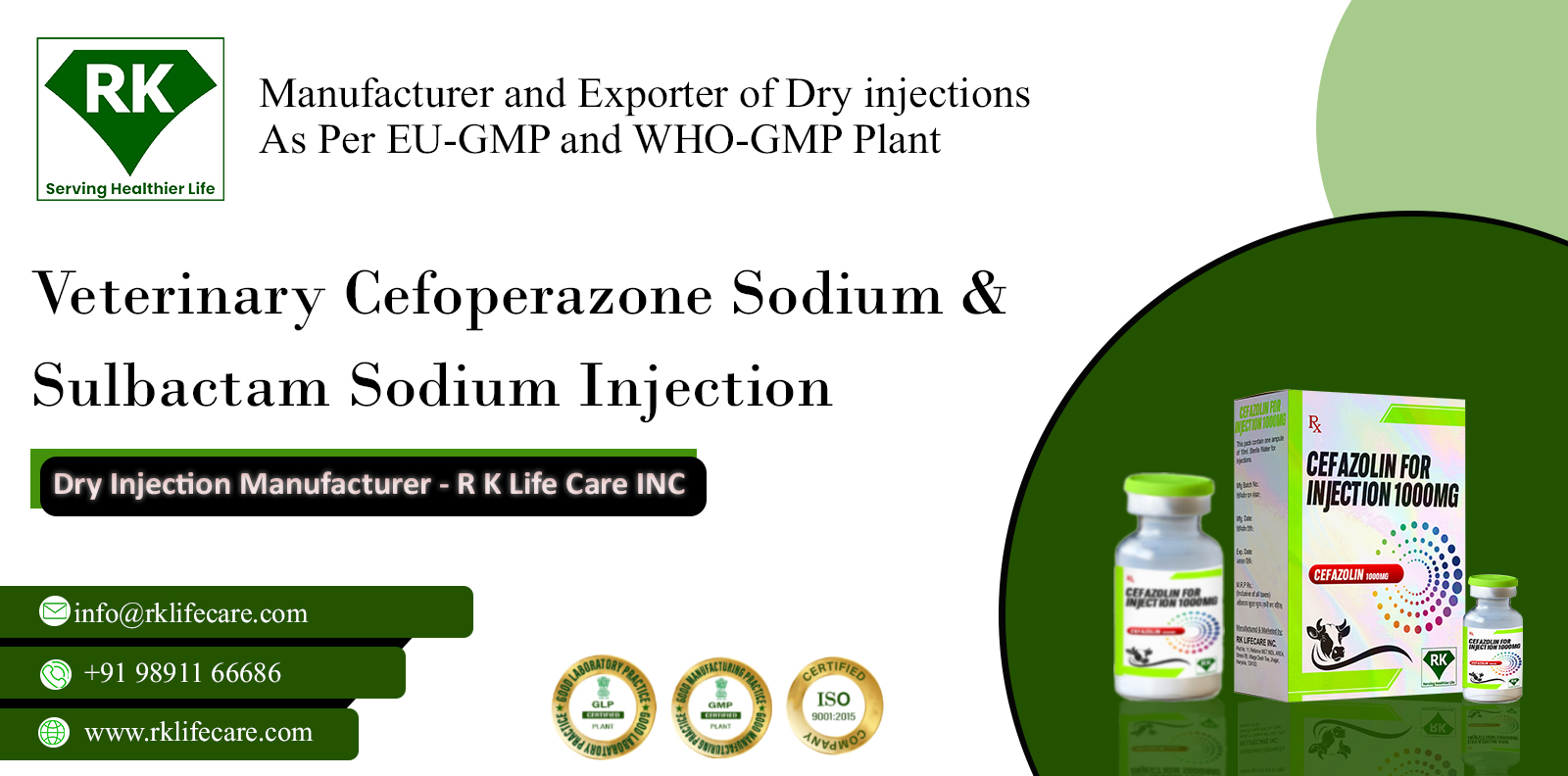
28 Oct 2025
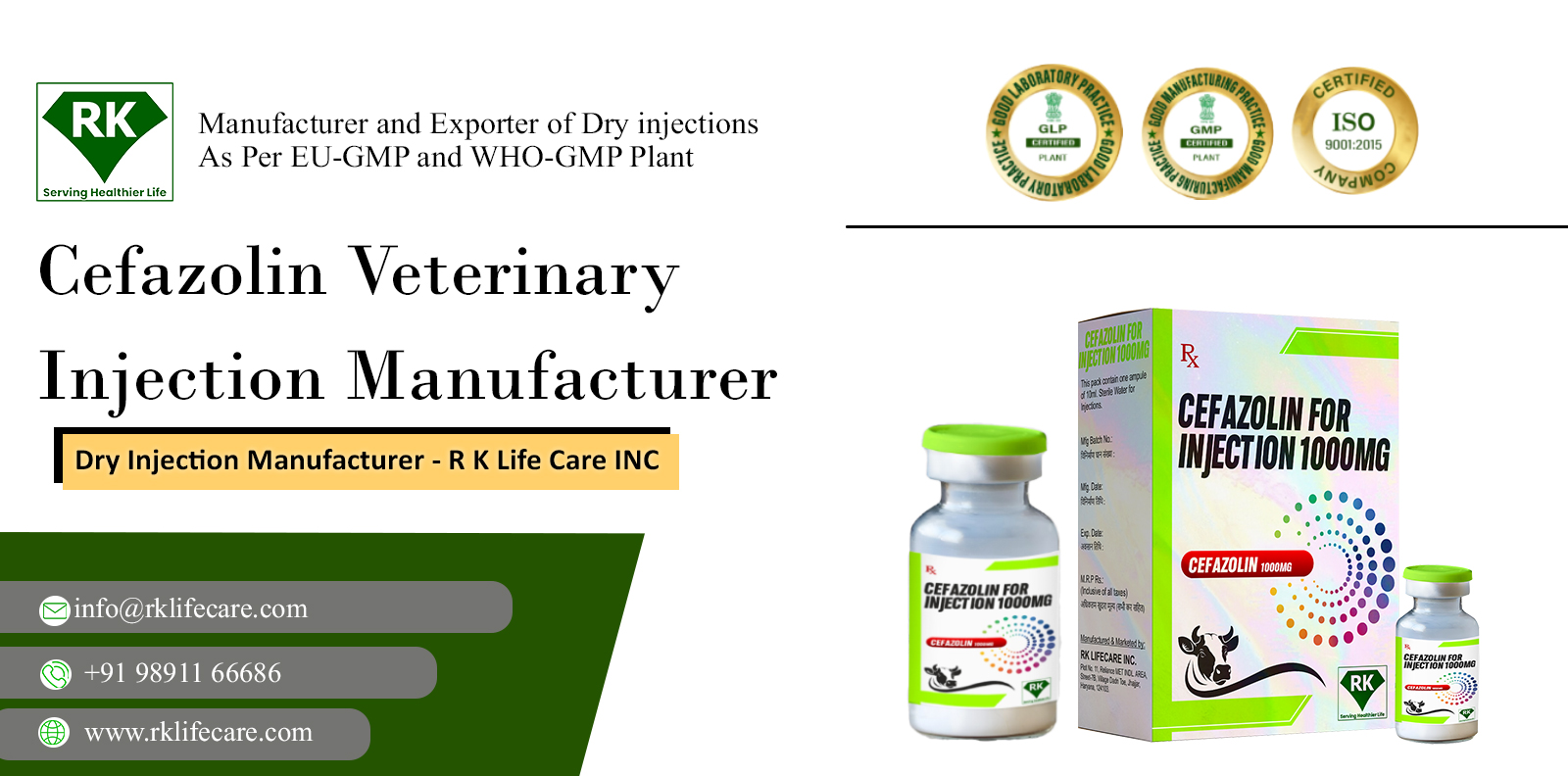
28 Oct 2025